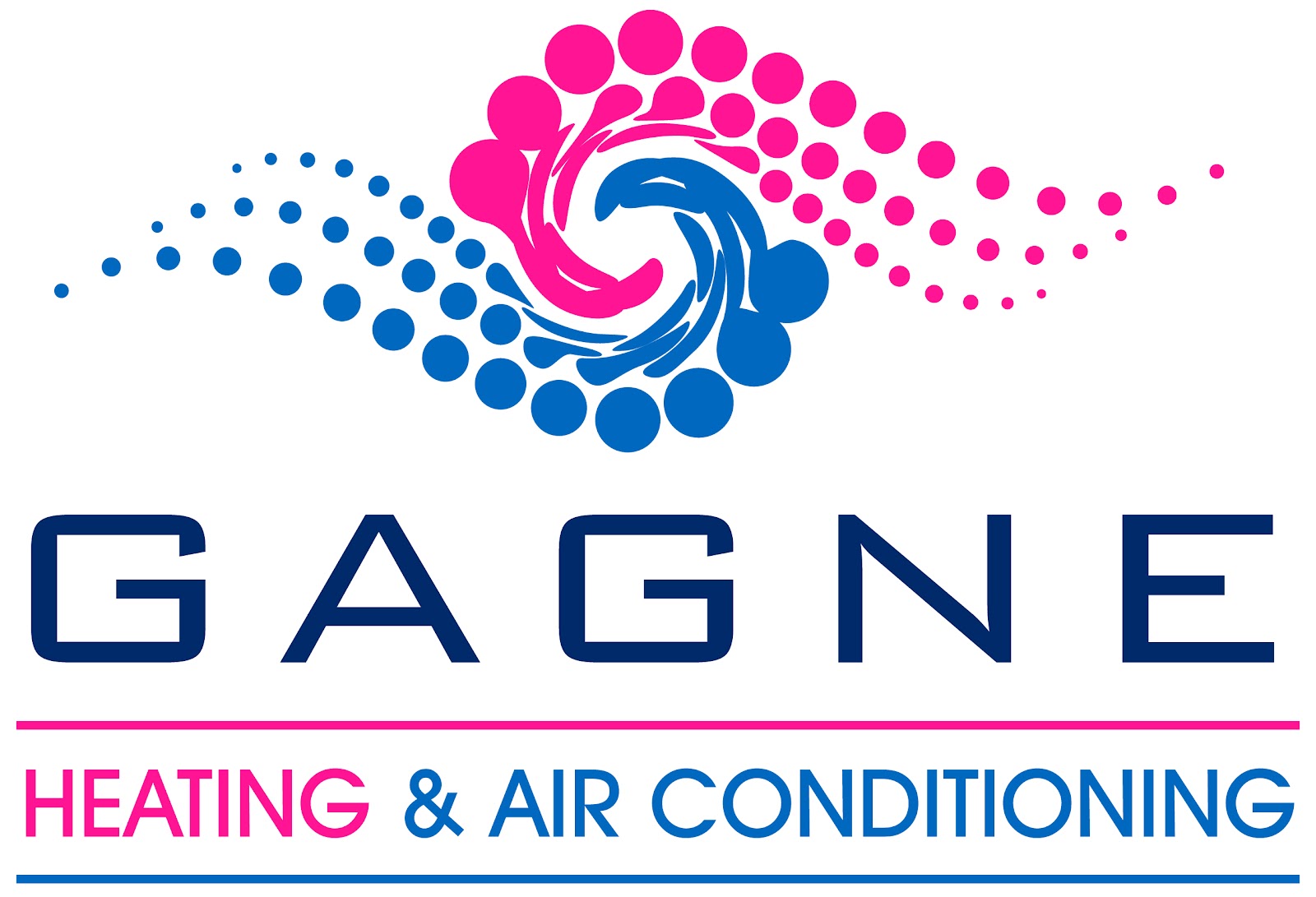Insulation Tips to Save Energy and Increase Comfort in Your Home

The North American Insulation Manufacturers Association estimates that nearly 90% of American homes are under-insulated, leading to energy waste and decreasing indoor comfort for homeowners. Keep in mind that, on average, 42% of home utility bills in the country are spent on heating and cooling costs. Without proper insulation, this number can spike dramatically.
Let’s take a closer look at different types of insulation and their efficiency levels as well as how you can determine whether or not to upgrade your insulation.
How to Ensure Insulation is Working
For optimal energy efficiency and comfort, your home should be well insulated from the foundation up to the roof. However, before insulating your home, it’s important to know if your insulation measures will work as expected. Energy technicians use the R-Value to measure the ability to prevent heat transfer. The higher the number, the better the insulation material and the more likely to prevent heat loss.
Tips For Insulating Your Home
Below are some home insulation tips to help you save energy and increase the comfort of your living space:
Choose the Right Insulation
Attic Insulation
Proper attic insulation requires insulation materials with an R-Value of 30 or more to prevent any heat loss. Experts advise using loose-fill insulation as it offers better coverage. However, batt insulation is also a good choice.
Before insulating, make any necessary roof repairs and seal any air leaks. Next, air seal and insulate any knee walls and the attic space behind them. Ensure that any attic decking that provides additional storage space is raised above the ceiling joists to leave enough room for insulation.
Floor Insulation
While insulating floors, especially those above unheated garages, first seal all sources of air leaks. Air sealing minimizes the dangers of contaminants such as paint and solvents from rising to the conditioned space. You can also install an air barrier to block random air movement through building cavities.
Exterior wall insulation
Exterior wall insulation is recommended if your home still feels cold after attic insulation. This is best done by a professional technician as it requires replacing the exterior siding of the wall. For an old home, use blow-in insulation, which, when well installed, provides significant air sealing. If you are remodeling your home, you can fill in the wall cavities with wet spray cellulose insulation to achieve an effective air seal.
Basement Insulation
Insulating your basement can lower your energy utility bills and help you increase your home’s comfort. Experts recommend interior basement wall insulation for existing homes as it is less expensive, and almost any type of insulation material can be used. However, loose-fill or foam board insulations are ideal as they provide an effective buffer against water intrusion, which is a common problem in old basements.
In a nutshell, home insulation is an effective way to save on heating and cooling costs and afford a comfortable living space for your loved ones. These tips are not exhaustive, but they are certainly a good place to start as you think about insulating your home.
Hire Reliable HVAC Technicians in Woodridge, IL
At Gagne, we are expert HVAC technicians offering reliable heating installations in Alpharetta, GA, and the surrounding areas. We also work with talented professionals and use cutting edge technology to ensure that any heating system replacement project we take on is completed in time. Schedule an appointment with us today, and see why homeowners in Alpharetta have trusted us for over 25 years.

